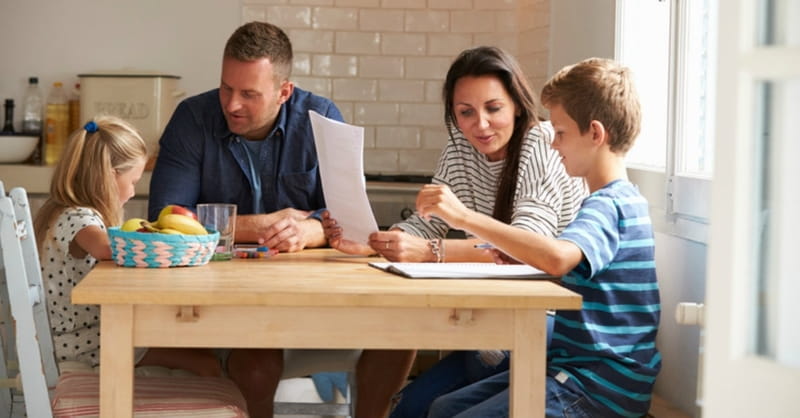
 written by karladavisio
written by karladavisio
Functional reading skills are those needed to be independent in everyday life. While these skills are necessary for all students, some children with cognitive disabilities will need a primary focus on these functional reading skills. The following activities are designed to help develop and strengthen those skills.
1. Sign maze
Clear a large space in your classroom and use masking tape to mark off streets or create your maze outside and use sidewalk chalk to create your streets. Make sure there are several possible directions for your students to travel. Place different signs, such as "Keep Out," "Caution," and "No Turns" throughout the maze. Then have your students take turns finding the right path through the maze.
2. Follow a map
Use the same method to create streets as you did with the sign maze. Instead of road signs, use signs with the street names. Make sure to include signs for all streets at every intersection. Make a map of your streets, one for each of your students. For each student highlight a different route and have them follow that route through your fake streets. If possible, take your students on a walk around the neighborhood and have them use their map skills in the real world.
3. Cook from a recipe
Have your students work individually or in pairs to follow a recipe and make a snack. If they're unable to actually cook the food, give them a recipe that doesn't require cooking, such as a salad or sandwich.
4. Order from a menu
If you are unable to physically take your students to a restaurant, pretend you have a restaurant in the classroom. Create a menu of lunches you can make for them, such as different kinds of sandwiches, tuna fish and crackers, and a variety of fruit options. Give your students their menus and have them choose meals from those listed.
5. Mock grocery shopping
If possible, take your students to an actual grocery store and have them find items on a list. Otherwise, set up a section of the classroom as a grocery store. Fill several shelves with as many actual food items as possible, such as canned goods, boxed pasta, tomato sauce, crackers, cereal, and jars of peanut butter. Give each student a list of items and have them "shop" one at a time.
6. Find the signs
Take your students on a walk around the neighborhood to find various signs. Do the same thing around your school, looking for signs such as "Exit," "Restroom," and "Office."
Functional reading is an important life skill students will need to participate in write my term paper and their communities. These activities will strengthen your students' functional reading skills and help prepare them for more independent lives.

Load more comments